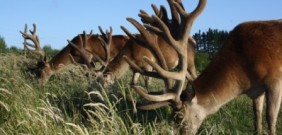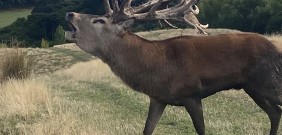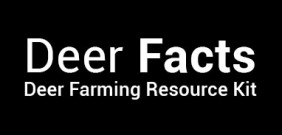It is important that farmers understand normal behaviour in their deer in order to manage this unique animal (in a farmed sense). This facilitates provision of the right environment for their needs and recognition of abnormal behaviour that may signal illness or stress. Also, for the safety of deer handlers, recognising aggressive and panicky behaviours is critical.
Mating
Commonly referred to as the rut or roar. A period in the calendar year (commonly late March to late April) where Stags become sexually aggressive towards hinds in heat.
Stags and antlers
When two rutting stags confront each other, there is initially a form of ritualised display involving roaring and a showing-off of antlers.
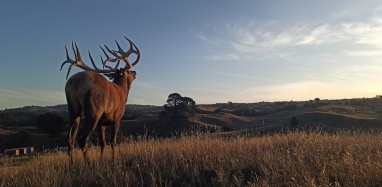
Stress
Becoming familiar with normal behaviour of deer is important in order to observe when deer are in a stressed state.
Sociability
Ruminant species that have been successfully domesticated are invariably social species that are comfortable living in groups and that have a hierarchical social structure.
Temperament
Temperament is a term used by most deer farmers to describe the behavioural characteristics of individual deer to indicate their suitability as a farmable animal.
Wallowing
Wallowing is where deer bathe and roll around in mud. They create wallow sites in wet depressions in the ground.
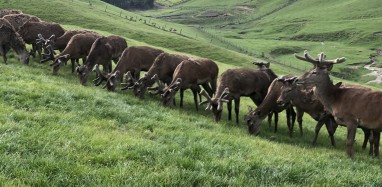
Hill country grazing
Why the focus on hill and high country? Click here to find out.

